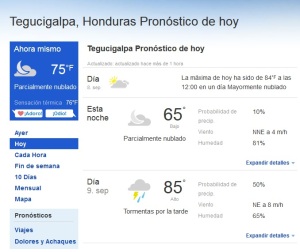Continuing with last week’s post about too many materials, here is another set of ideas you can use to supplement your teaching.
Reader resources
There is loads of research that demonstrates that reading comprehensible input is the #1 way to foster language acquisition among language learners. If your students are literate in one language, you can use that literacy to cultivate learning in a different language. (It’s a little harder for elementary teachers who have pre-readers.)
- Blaine Ray – The original set of readers, they have offerings for middle school through upper levels in a variety of languages. I think these tend to be a little drier and predictable, but offer specific cultural lessons in each book.
- TPRS Publishing – TPRS Publishing is another novel powerhouse (and they have great customer service!) I personally prefer these novels, as they are more interesting to my students while keeping vocabulary in-bounds.
- Mira Canion – Mira’s works are available from a few different places. Hers are mostly appropriate for lower levels.
- Santillana Publishing – I haven’t actually used these readers yet, but I plan to add this publisher’s books to my library in the coming months. They are a little pricier, but come with a CD of the audio to save your voice.
Curriculum guidance
I have to preface this section by saying that I make my own curriculum guidelines/scope/sequence/can-do statements/whatever as a department of one. I have previewed these materials but not followed the entire curriculum to use in my classes. However, if you are a new teacher or someone who is making the switch to CI, these materials will be very helpful in making the transition.
- Cuéntame (TPRS Publishing) – This series starts geared more towards elementary learners, but the beauty of stories is that they can be adapted to any level. (Also available in French.)
- Look, I Can Talk!/Fluency through TPR Storytelling (Blaine Ray) – This series takes an eclectic approach to teaching. Rather than teaching in any particular order, this series works on high frequency vocabulary. A good start to learning to story-ask, circle, and embedded readings.
- Somos (Martina Bex) – I haven’t used this, but Martina’s stand-alone products are amazing, so I can’t help but recommend it.
Teachers Pay Teachers
There is sometimes some controversy over teachers marketing their work for payment rather than sharing for free. However, I am a big believer that time is money, friend, and if someone has gone through the trouble of making something so that I don’t have to, I have no problem throwing a fellow teacher $5 here and there. These need no explanation – just check them out!
As luck would have it, at the time of posting, TPT is hosting a TEACHER APPRECIATION SALE! (Yes, I just realized it was site-wide. I’m a little slow.) Use the code CELEBRATE on May 3rd and 4th to get 28% off everything! Protip: grab some pre-made lessons to keep your sanity during the end of the school year!
- The Comprehensible Classroom by Martina Bex
- Mis Clases Locas by Allison Wienhold
- Creative Language Class
- Spanish Plans
- Teaching in Target by Kristy Placido
I hope all of these materials help you discover a new amazing resource to use in your classroom at the end of this year or during the next.


